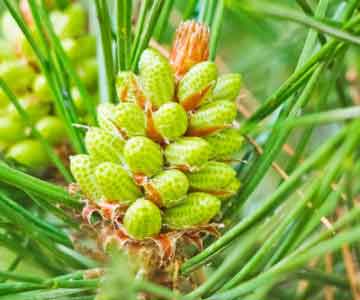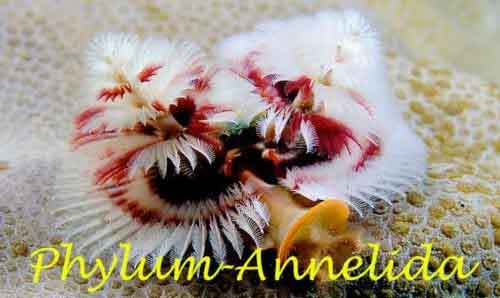Angiosperms: Salient Characteristic Features
Generally, the seed-producing plants are known as an angiosperm. The word “angiosperm” is derived from the two Greek words, ‘angeion’ meaning case and ‘sperma’ meaning seed. This type of plant produces fruits within which lies the seed or seeds. They can grow in different types of habitats. Based on habitats, they have various names such … Read more






